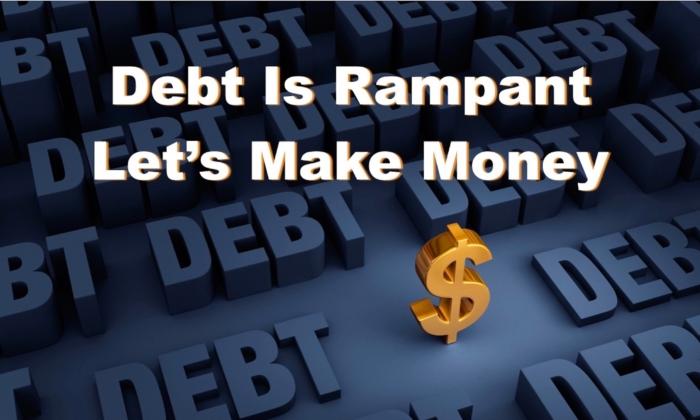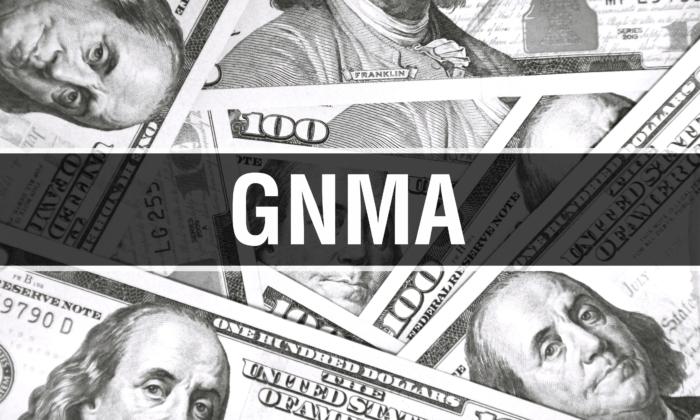Our “Debtor Nation” is facing a real problem with excessive debt. As of the end of 2016, the official debt of the United States government was $19.3 trillion, which breaks down as:
- $59,508 for every person living in the United States
- $154,407 for every household
- 106 percent of the US gross domestic product
- 553 percent of annual federal revenues.
It took decades to get ourselves into this situation, which will not go away any time soon. I have yet to hear of any politician with a concrete plan to address the debt crisis. Most won’t even mention it. There is nothing that we can do as individuals to solve this problem, so, as private investors, we seek ways to profit from this situation.
These investments are not widely known or promoted. They are often purchased at deep discounts, and the debt is often secured by valuable real property.
Our leaders in Washington, DC, have loaded us down with lemons, so let’s learn how to make a profitable lemonade stand.
Through my twenty-five-year law practice, I have represented a variety of large and small investors who have profited from investing in various forms of debt. I have learned the advantages and disadvantages of each option.
These investment vehicles are unusual. They can provide a valuable hedge against stocks and bonds, which move with the economy. These alternative debt investments often perform better when the economy is struggling—contra other investments.
Most people have not even heard of these opportunities. There are very few books on these subjects, and they are not typically discussed on televised investment programs.
Is This Stuff For You?
Some of these investment opportunities are not for everyone. They work well for a certain type of person with an entrepreneurial spirit, a stomach for risk, and a high level of self-motivation. In my experience, the most successful investors in these vehicles have run their own small business or have experience investing in real estate. Others may very well succeed with no real estate or small-business experience, but be honest with yourself.
If you have always been a “nine-to-five” employee, and never got around to investing in real estate or even picking your own stocks, then the more complex investments may not be the place to start. Don’t worry, we will also cover a few debt investments that don’t require any specialized knowledge or work at all, such as peer-to-peer lending, mortgage-backed securities, and life settlements.
This book does not promote any “miracle” investments or “easy money.” Some of the investment opportunities discussed are more like small businesses themselves than simple investments. In order to generate returns that are higher than average, an investor must find a way to gain separation from other investors.
Market Theory
The investments addressed in this book have varying pros and cons, but they all relate to debt, and they all take advantage of being part of “imperfect markets.” By using the term “imperfect,” I don’t mean to imply that they are not good investments. These investments have qualities that are far from what is considered to be “Perfect Market Competition,” and because of those “imperfect market” qualities, it is possible to gain advantages and earn high profits.
“Perfect market competition” is purely theoretical. No market is truly perfect, but the theory is useful in comparing different markets. When a market is closer to being “perfect,” it is harder to achieve outstanding returns. Markets that are further from “perfect” can generate higher returns because the imperfect aspects of the market create opportunities. What makes a market more or less perfect?
‘Perfect Market’ Factors:
1. Liquidity—Many buyers and sellers transacting on a constant basis;
2. Non-Monopoly—Many small competitors so that no one can dominate the market;
3. Information—Complete information is easily available to everyone about the product being sold and the prices paid by others; and
4. Easy Access—No barriers to entry into the market such as licensing, specialized knowledge, or large capital requirements.
Again, no market is truly “perfect,” but the US stock market is an example of a market that is set up to score very high on these factors:
‘Perfect Market’ Factors as Applied to the US Stock Market:
1. Liquidity—Shares in most large companies are traded thousands of times each day. There are almost always buyers to match with sellers, so anyone can buy or sell any share in literally seconds.
2. Non-Monopoly—There are millions of buyers and sellers, and dozens of brokers to trade through;
3. Information—Information about publicly traded stocks is regulated and shared openly (despite examples of people who “cheat” with inside information). The stock markets are designed so that all investors have easy access to information about publicly traded companies, and instant knowledge of exactly what each stock is trading at on a moment-by-moment basis; and
4. Easy Access—Anyone over the age of 18 can open a brokerage account with as little as a few hundred dollars and begin to buy and sell stocks from a home computer or phone. No licensing, training, or specialized knowledge is required.
Because of these factors, which are designed to create transparency, fairness, and access, most people find it very difficult to consistently gain outlying results buying stocks. Even highly paid professional fund managers rarely beat the overall market on a consistent basis.
A basic understanding of this “perfect market” theory is helpful in understanding why the investments discussed in this book can create exceptional results in very “imperfect” markets.
(To Be Continued...)

This excerpt is taken from “How to Invest in Debt: a Complete Guide to Alternative Opportunities” by Michael Pellegrino. To read other articles of this book, click here. To buy this book, click here.
The Epoch Times Copyright © 2023 The views and opinions expressed are those of the authors. They are meant for general informational purposes only and should not be construed or interpreted as a recommendation or solicitation. The Epoch Times does not provide investment, tax, legal, financial planning, estate planning, or any other personal finance advice. The Epoch Times holds no liability for the accuracy or timeliness of the information provided.





